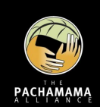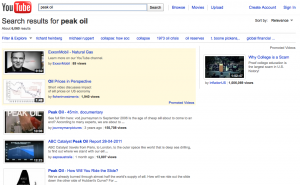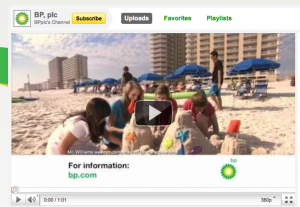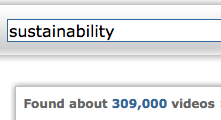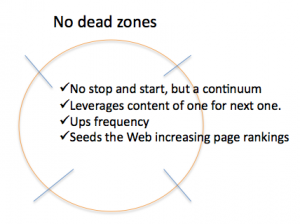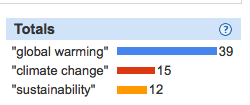A recent study by the folks at Chief Marketer supports my experience with clients when it comes to social media.
The 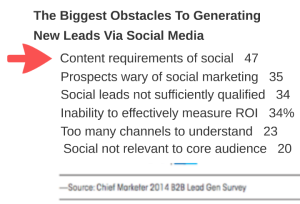 content requirements of social media outpaces even measurement issues as an obstacle. On the positive side it’s rare to find a CEO or Executive Director who does not understand that social media is very relevant to their core audience.
content requirements of social media outpaces even measurement issues as an obstacle. On the positive side it’s rare to find a CEO or Executive Director who does not understand that social media is very relevant to their core audience.
Our search engine to the curated collection of sustainability leaders and citizens, EarthSayers.tv, provides a wealth of quality content for social media. See how we use our curated video channel on EarthSayers.tv to seed our social media network – here on LinkedIn, YouTube, Sustainability Advocate blog, Facebook, Pinterest, and Twitter using not only the content we create, but more importantly, content we aggregate then curate for relevancy and quality. This is particularly relevant for organizations who invest heavily in events, the source of invaluable content in terms of video from both the sessions as well as interviews at the Conference. It’s content that needs to be carried well beyond the sponsoring organization’s Website in order to impact search rankings and to significantly advance leaders in both thought and action.
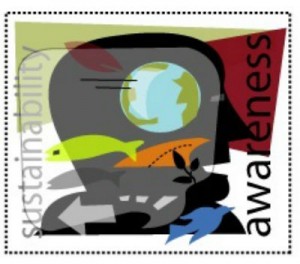 We are able to private label this search engine for organizations with a commitment to increasing sustainability awareness, be it for their sustainability initiatives or for an environmental, social, cultural, or economic cause. As a sub-domain to their Website, the EarthSayers.tv affiliate provides a premier advertising and sponsorship platform, like keyword driven Google, to generate revenues for organizations working towards a sustainable future. Video content advances the unfiltered voices of our sustainability leaders and citizens and, practically, the EarthSayers content management system (CMS) manages both the original and aggregated content and is the driver for seeding the Web, increasing awareness, using all channels both social and direct.
We are able to private label this search engine for organizations with a commitment to increasing sustainability awareness, be it for their sustainability initiatives or for an environmental, social, cultural, or economic cause. As a sub-domain to their Website, the EarthSayers.tv affiliate provides a premier advertising and sponsorship platform, like keyword driven Google, to generate revenues for organizations working towards a sustainable future. Video content advances the unfiltered voices of our sustainability leaders and citizens and, practically, the EarthSayers content management system (CMS) manages both the original and aggregated content and is the driver for seeding the Web, increasing awareness, using all channels both social and direct.
A reading of Noam Cohen’s article, As Online Video Surges, the .tv Domain Rides the Wave, in the New York Times, supports leveraging the CMS and content of Earthsayers as “yourorganization.tv,” or wisdomkeepers.tv or oceansadvocacy.tv as the most effective, efficient, and affordable way to ride this wave for the benefit of environmental, social, cultural, and economic objectives today; to generate income for years to come from sponsors and advertisers who share your goals through their programs, products, events, and initiatives; to begin to seed the Web with relevant and quality content, emphasizing leadership, using both social and direct media; and to be found with top page rankings on Google and YouTube, the top two search engines, on hundreds of keywords our citizens are using to find your content. Here is the sustainability taxonomy we created as part of our search strategy and may be useful in putting together keyword categories and subcategories.
Click here to download a short presentation featuring examples of how one video interview of Roz Savage for EarthSayers.tv is used to seed the Web – LinkedIn, blog post, YouTube, Vimeo, Facebook, Pinterest and Twitter. While this is original content, it works pretty much the same, except it generates clicks to the YouTube channel hosting the content. In this respect all of us benefit on what my friend, Barry, calls “networking the Web of life” and it leverages the free hosting service of YouTube.
P.S. I want to take this opportunity to thank my brother, friends, colleagues, and neighbors for supporting my work with EarthSayers.tv through kind words, cash, pro-bono camera and production services, consulting, technical support, software design, lodging when I go out of town to cover events as press (another positive attribute of a .tv) and friendship.



